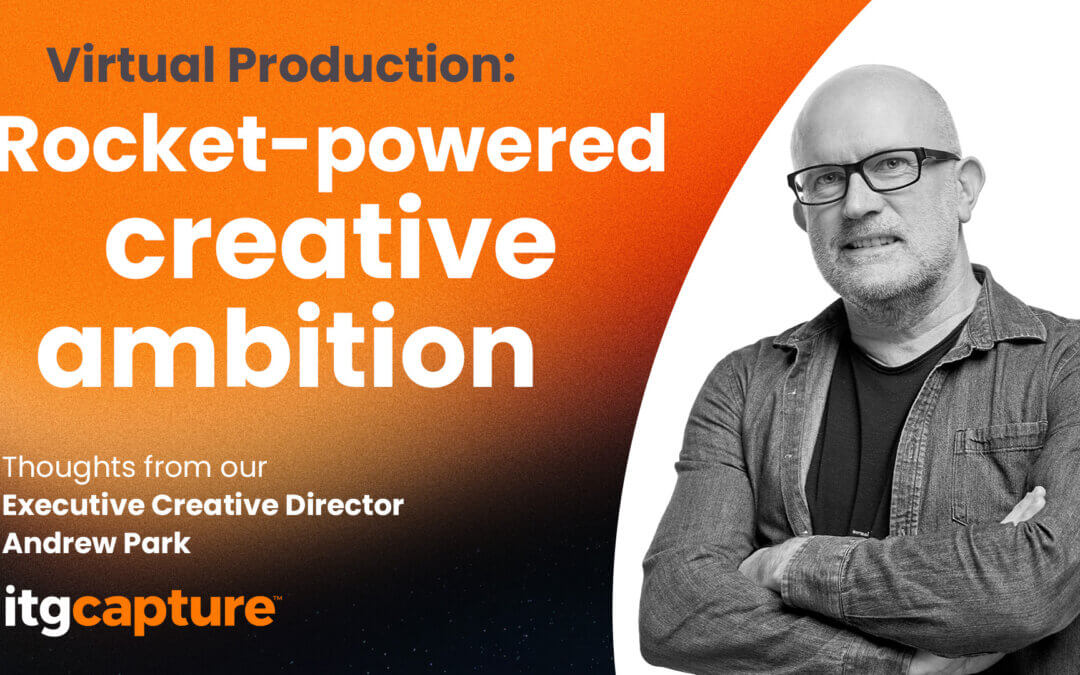Companies who think that offshoring creative production will save costs and guarantee future margins are living in a fool’s paradise.
The only viable path for creating personalised marketing content at scale is automation, which involves rethinking your production model and quite possibly gutting your own creative studios.
On the face of it, the rush to offshore production may seem to make sense. The 2022 Benchmark Report for Offshore Creative Production optimistically trumpets that 42% savings can be made by going offshore.
No wonder that 73% of the principally European and North American companies surveyed currently offshore at least some creative production and post-production services.
But let’s back up a bit. Undoubtedly, headline rates for content creation will be cheaper in low-labour-cost economies. Yet in the real world, that 42% can shrink pretty rapidly.
When we put work through our UK-based Team ITG studio, economic necessity means we have to charge a higher hourly rate than some offshore producers.
However, our studio is run like clockwork, with dedicated QA teams, three-signature sign-off and full testing of digital functionality. It boasts an enviable 99.6% right-first-time rate and unnecessary amends rounds are rare.
When you switch to data-driven, rules-based creative automation, that increases to 100% right-first-time rate.
A false economy
“A better hourly rate doesn’t look so attractive when poor performance means you’re clocking up significantly more hours”
We have also tried offshoring work for clients, with controlled and monitored efficiency tests. We chose the easiest types of work – repetitive tasks that required thousands of tiny asset variations. The hope was to provide the greatest value for clients.
It turned out to be a false hope based on a false economy. We, like many other agencies, experienced misinterpretation of briefs, non-compliance to brand guidelines and unnecessary amends rounds.
Indeed, in the Benchmark report cited earlier, companies stressed concerns over quality as the greatest barrier to successful offshoring. Other concerns that rate highly include immature processes, communications-based issues and a poor briefing process.
A better hourly rate doesn’t look so attractive when poor performance means you’re clocking up significantly more hours than you would at home.
On top of this, we are living in an increasingly volatile global economy. Around 70% of companies offshore to India, significantly more than to any other country. Back in April 2022, you could get 99.6 rupees to the pound. By the end of September, this had plummeted to 87.6. The pound rose slightly after that, but this kind of volatility can play merry hell with your margins.
Why offshore?
“As volume increases, the peaks get higher and the troughs get deeper”
So why has there been a huge dash to offshore? Offshoring among surveyed companies has risen from 48% to 73% in the past five years. The main reason, of course, is the hope of lower costs, but flexibility and scalability are important too.
Covid also played its part, as companies sought to ensure creative availability in the face of their own workforce shortages and isolation rules.
We all know marketing has been ‘always on’ for some years now, with customers wanting to interact with you at a time of their choosing and through their favoured channels. This has led to a massive increase in the volume of marketing content required.
As Gartner quite rightly predicted in 2018: “Content not data will be the bottleneck, and the lack of scalable content creation processes will become the limiting factor for success.”
Increasing your own resource at some point starts to become unviable. As volume increases, the peaks get higher and the troughs get deeper. Keeping everyone employed 100% of the time to retain profitability becomes impossible in the face of constant changes in demand.
The obvious solution seemed to be to retain enough of your own creative resource to ensure full employment, while seeking scalability overseas to meet the inevitable peaks.
Saving up problems for the future
“The truth is, offshore content creators are engaged in price competition, not innovation”
I’ve already outlined the first problem with this approach – the false economy due to reduced efficiency and poor processes. But there are other problems to watch out for.
As offshore economies improve, even the headline hourly rate saving will start to become less attractive. What might just work financially now is unlikely to offer a good deal in the future.
Also, the demand for content isn’t going to lessen: it will only increase. This will put strain on already stressed system, and any economic problems you’re facing around squeezed margins will be amplified.
But the main issue is around lack of innovation. Content creation is experiencing rapid innovation in automation, with ever more sophisticated technology and smarter AI.
The truth is, offshore content creators are engaged in price competition, not innovation. If you stack your eggs in the offshore basket, you’re saving up problems for the future.
The winners in the long run will be those who have the imagination and vision to prioritise innovation over continually trying to slash the cost of outdated manual processes.
Why automation is the answer
“A global enterprise could reduce the time it takes to create and execute a large global campaign from weeks to less than a day”
Automation is the only way of squaring the Gartner content bottleneck with the need to remain competitive.
Unlike offshoring, automation severs the link between the amount of content produced and the amount of resource required to produce it.
With the right technology and the right templating framework, you could massively increase the number of assets you create, without the need to increase creative resource.
When you embrace a creative automation mindset across your content ecosystem, you create a continuous cycle of improvement and efficiency.
Adapting templates is also far quicker than offshoring, giving you the ability to change your messaging instantly to suit rapidly changing events.
Local marketers anywhere in the world can take these new templates and localise them, with in-built rules ensuring all executions are 100% on message and on brand.
Going down this route will inevitably impact on your own creative resource. There is no need to employ artworkers to spend all day changing price tickets or making minor artwork amends.
The flip side of this is that you can offer those creatives you retain a greater level of job satisfaction and reward. After all, they will be the creative directors, writers and multichannel template designers responsible for developing original content.
Maybe in the future, AI will challenge human creatives for these roles too, but right now, we still need experienced creatives to produce exceptional campaigns that cut through the noise. Perhaps we always will.
What we don’t need is people doing repetitive mind-numbing tasks that can be better, cheaper and more rapidly executed by algorithms.
With full automation, a global enterprise could reduce the time it takes to create and execute a large global campaign from weeks to less than a day.
Innovative enterprises are already well along this path – and they are doing it without being tempted by transitory offshore savings.
For more information on Creative Automation, check out our proprietary marketing technology platform, Storyteq. You can also read Simon’s thoughts on everything from AI chatbots to counter-intuitive thinking in the full Simon Says series – and to get in touch with our teams, simply email hello@teamitg.com or fill in the form below.
Fill in the form and we’ll get back to you.










